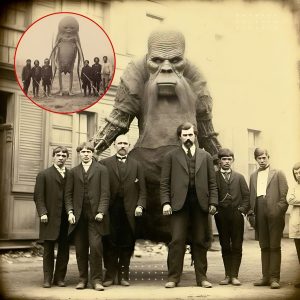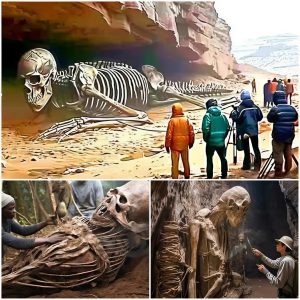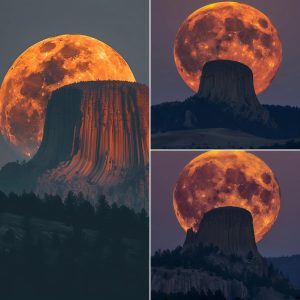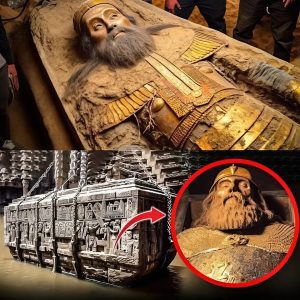The Temple of Kukulcán, also known as El Castillo, is a magnificent pyramid located in the ancient Maya city of Chichén Itzá, in Yucatán, Mexico. This iconic structure, dedicated to the feathered serpent deity Kukulcán, stands as a testament to the architectural prowess and astronomical knowledge of the Maya civilization. The transformation of this site, particularly from 1863 to 2009, reveals a fascinating journey of discovery, excavation, and restoration.
In 1863, Chichén Itzá was enveloped by dense jungle, its structures hidden beneath layers of vegetation and earth. Early explorers, like John Lloyd Stephens and Frederick Catherwood, documented their findings through sketches and descriptions, capturing the imagination of the world with tales of a lost civilization. El Castillo, although visible, was in a state of disrepair, with its stones covered in moss and vines, and its grandeur obscured by the encroaching wilderness.
The true transformation of the Temple of Kukulcán began in the early 20th century when archaeological efforts aimed to uncover and restore the ancient city. Significant work took place during the 1920s and 1930s, spearheaded by the Carnegie Institution under the direction of Sylvanus G. Morley and Earl H. Morris. Their meticulous excavation revealed the pyramid’s precise alignment with astronomical events, particularly the equinoxes, when the shadow of the serpent god Kukulcán appears to descend the steps of the pyramid.
By 2009, El Castillo had undergone extensive restoration, presenting a stark contrast to its condition in 1863. The pyramid’s steps were cleared and stabilized, and the intricate carvings and structures surrounding it were meticulously preserved. This restoration not only highlighted the architectural brilliance of the Maya but also provided invaluable insights into their cultural and religious practices.
The Temple of Kukulcán today stands as a UNESCO World Heritage site and one of the New Seven Wonders of the World. It attracts millions of visitors annually, who come to marvel at its imposing structure and the mystical phenomenon of the serpent shadow. The journey from 1863 to 2009 reflects not only the physical restoration of the site but also a deeper understanding and appreciation of Maya civilization.
In conclusion, the Temple of Kukulcán’s transformation from 1863 to 2009 is a testament to the dedication of archaeologists and historians who worked tirelessly to preserve and unveil the secrets of Chichén Itzá. This journey underscores the importance of preserving our cultural heritage and the continuous quest to understand the rich histories of ancient civilizations.





